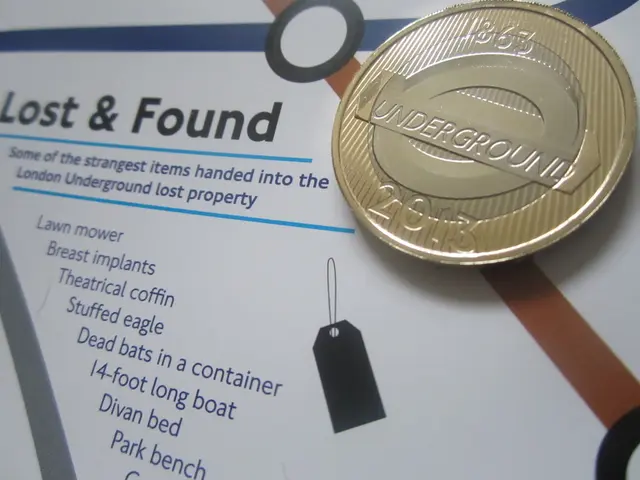EU Explores Non-Traditional Data for Accurate Economic Forecasting
Ensuring the availability and consistency of government data is vital for accurate economic forecasting. A recent policy forum at the European Parliament explored the use of non-traditional data sources to enhance government statistics. ETLA's ETLAnow tool, for instance, uses real-time Google search data and official Eurostat data to forecast unemployment levels in EU countries daily.
One challenge lies in maintaining consistency in data gathering and analysis methods across European countries. While Eurostat has agreements with retailers for retail scanner data, accessing similar data from banks and credit card companies proves difficult. To overcome this, government statistical agencies are encouraged to explore public-private partnerships for better and quicker economic data provision.
Analyzing online job advertisements offers insights into the European labor market. However, access to data from employment agencies and professional networks like LinkedIn could provide more accurate matching of job-seeker skills to employer demands. ETLA has successfully used internet search data to forecast immigration to Finland and is now working with a start-up to combine business register and online data for better economic activity insights.
The main European statistical agencies ready to embrace alternative data sources include Eurostat and various national statistical institutes. However, some agencies may hesitate due to concerns about the future availability of private sector data. Despite challenges, the potential of alternative data sources to improve the quality and timeliness of official government economic forecasting data is significant.
Read also:
- Industrial robots in China are being installed at a faster rate than in both the United States and the European Union, as the global market for these robots faces a downturn.
- NATO's Massive Naval Drill Shows Unity Against Russian Aggression
- Undeads Games Reaches $30 Million TVL and Gears Up for MMORPG Debut
- Hyundai N affirms transition to hybrid performance-centric models, initiating with Tucson N







